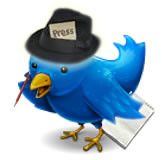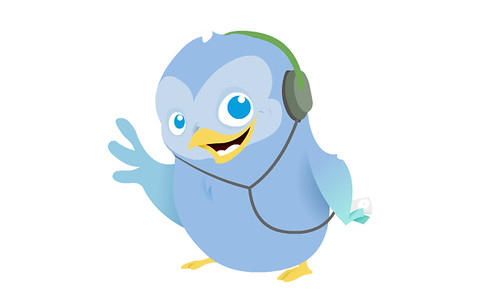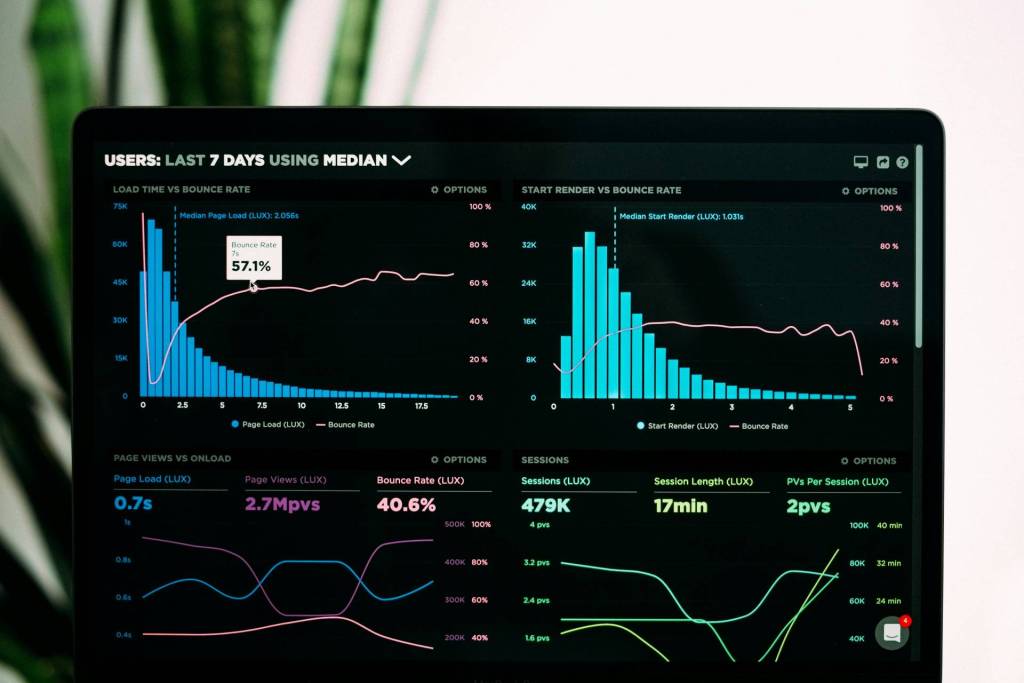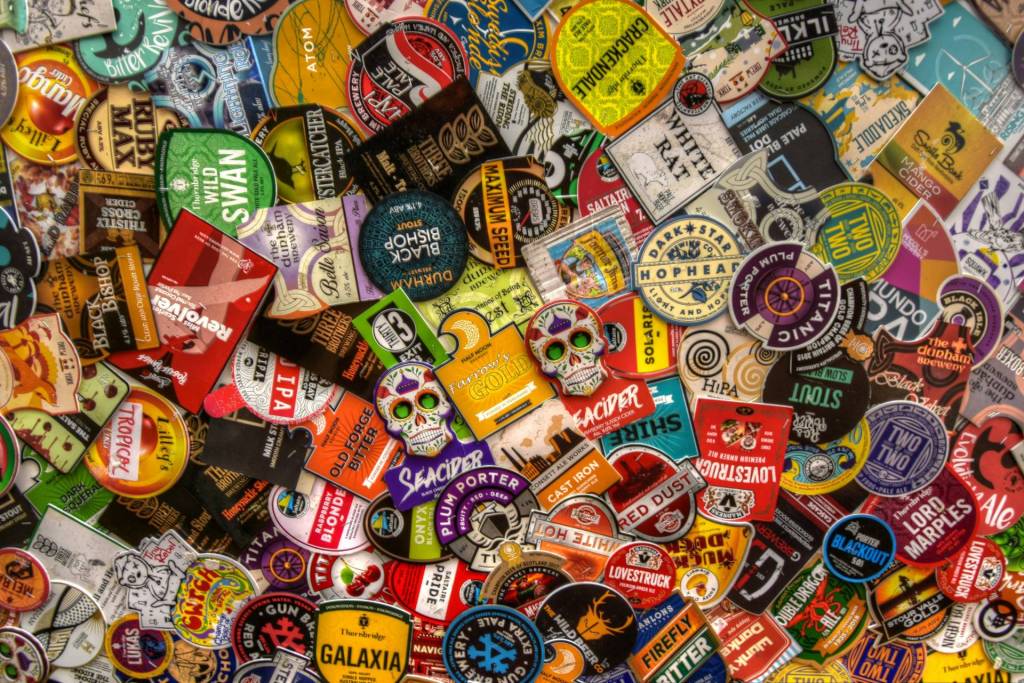Today, I spoke with Rodney Rumford, who is best known for his Face Reviews blog, as well as his commitment to the social media world. In this interview, I grill Rodney on Twitter, which, in my opinion, is one of the greatest personal branding tools ever created. Twitter allows you to bypass hierarchies and connect with customers, reporters, CEO’s, entrepreneurs and friends seamlessly. In this interview, Rodney goes over the importance of Twitter, the benefits, how both company’s and individuals can use Twitter for business acceleration and much more.
Twitter is special because it is a new form of communication and a channel that has many dimensions to it. It is special because you can effectively listen to what people are saying about your brand or topics of interest to you and make connections and engage with people quickly. The many ways in which Twitter can be used for personal branding, networking, business, marketing, sales, support, etc make it truly unique and exciting.
I have been using Twitter in a professional capacity for over 2 years and it became clear to me as millions more joined Twitter that many people had not a clue what it was all about and how they could best use it.
The problem is when you first look at Twitter you think… “Who would ever use this? This is the stupidest thing I have ever seen”. It’s value is not obvious upon first glance to many people. So educating people on the opportunities, best practices, case studies, and ways in which it can be used is a natural step for me as we have been teaching our clients these things for many years. I just wanted to share all of this information in a way that was helpful and useful in these tough economic times.
The opportunities are so great for both personal and a business uses, that I felt compelled to make this knowledge available to the masses quickly with the Twitter as a Business Tool Book and Multimedia Kit.
What are your top 4 strategies for individuals and corporations brands on Twitter?
For Both:
- Continually add value and be relevant to the topics that people are discussing.
- Don’t post “What you are doing”, rather post “What you are thinking”. There is major difference between these 2 styles of engagement and sharing.
For Individuals:
- Interact with people that are influential and that you want to build relationships with. Don’t follow people that you have no intention of ever interacting with or listening to.
- Make it a habit to interact regularly, proactively and at a moderate pace.
- Follow people that the influential’s interact with. When the opportunity is right you can engage with them. Don’t bum rush and follow 2000 people before you have done at least 50 tweets of value.
For Corporate Brands:
- Be there, and make sure that you are listening to everything that is being said about your products, services or brand.
- Start at the end. What is the use case for your business? There may be multiple use cases and ways that you wish to use this communication channel. How many accounts will you need? Basically you need a complete and cohesive strategy before you dive in and end up with egg on your face.
- Clearly define and expose who is tweeting in a professional capacity on behalf of your company.
You’ve probably noticed a lot of screw-ups on Twitter. What are the common mistakes you’ve seen people make?
I see people and brands that heavily self-promote and use old push marketing tactics. Those simply do not work on Twitter. You can’t use it to always say “we are great”. Another common mistake is not acting as a valuable resource and helping people out. If you respond and help people and add value you can see a very positive upside.
The other common mistakes are people not branding their presence visually with a background or a nice profile picture. People will not follow people that do not have a profile picture at a minimum. The biggest mistake is not filling out your bio and linking to where people can learn more about you, your blog or your business. You need to give people an opportunity to learn more about you in more than 140 characters.
Another common mistake is veering way off of your core business topic into the tall weeds repeatedly and for long periods of time. Trust me, very few people care what you are eating or that you are tired. Staying on topic is very important. And finally I will say the most annoying mistake is when people use bots to send users a Direct Message after they have followed them. It is annoying and feels spammy.
What are the benefits of being on Twitter to individuals and corporations? Does Twitter have weaknesses?
This list could be a mile long, but I will keep it brief. I have written about this exhaustively in both the book and on the blog.
Benefits:
- You can get what is effectively free marketing
- Opportunity to spread the word and communicate in a 1 to many style
- Viral communications that moves your content rapidly
- It allows you to connect with people you know and people you don’t know
- It is an eco-system that allows you to communicate to masses of people easily
- It is a great feedback mechanism and focus group
- You can drive sales, traffic and news quickly
I would say the major weakness that Twitter has at this point is market penetration of ONLY 6 million users. This number will most likely exceed 25 million in the next year. Twitter has to keep the wheels on the runaway freight train. It’s other weakness is also it’s strength in my opinion. All of your interactions are there for the world to see. It is transparency in its purest form. Some people and businesses are afraid of that. However, the Genie is out of the bottle.
How have you built your personal brand on Twitter? Has that translated into helping you in your business?
I was lucky in that my personal brand was relatively known in the social media space for a few years. However, I have used Twitter to extend that brand and the brand of my agency in such a way that we have picked up several Fortune 100 Clients.
The key was to determine our use case up front with specific goals in mind. We execute as a use case of brand building through knowledge sharing. It becomes a way to discover, build and make influential connections proactively. We listen, engage, share and add value and eventually become a trusted resource for knowledge, information and insights.
This translates into more business and more opportunities for my agency and for me personally. Twitter is not going away and I would encourage people to really get on the train and embrace it for its many business benefits. Cheers!
You can learn more and get a free chapter from my book.
——-
Rodney Rumford is the author of Twitter As A Business Tool. He is a true visionary and has authored books on Social Media, Business Blogging & Podcasting. He has been featured in The Wall Street Journal, Forbes, Fortune, Business Week, Business 2.0 and numerous Associated Press & Reuters articles. His work has also been featured in the acclaimed “For Dummies” series of books. He has 21 years of experience in technology, marketing, engineering, sales and consulting. He has worked for Fortune 100 companies and startups in a variety of management & board advisory positions. He is the Founder & CEO of Gravitational Media & SociallyBranded, a new resource for monitoring and maximizing online brand penetration and exposure. For more information go to his Face Reviews Blog, or follow him or his book on Twitter.












